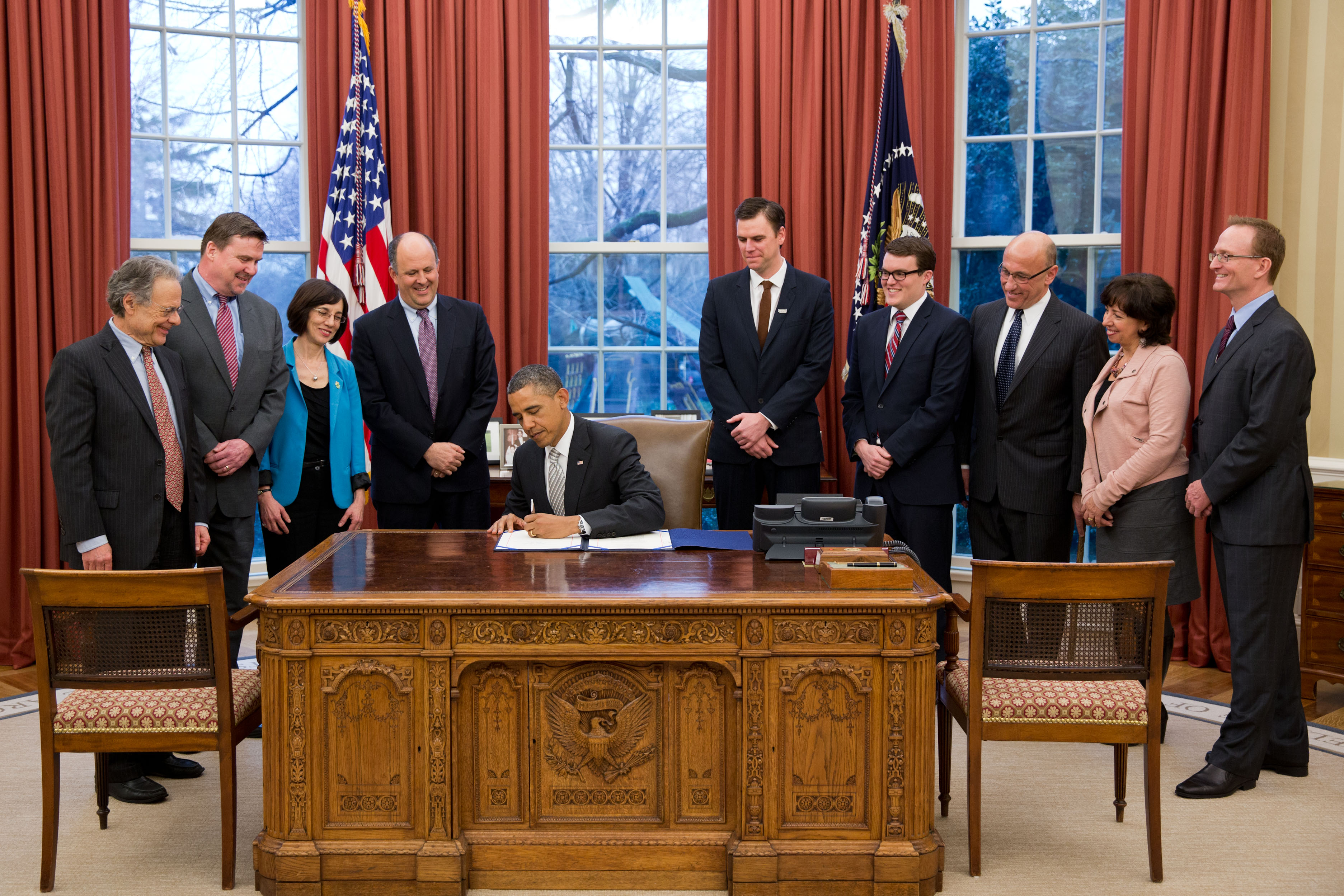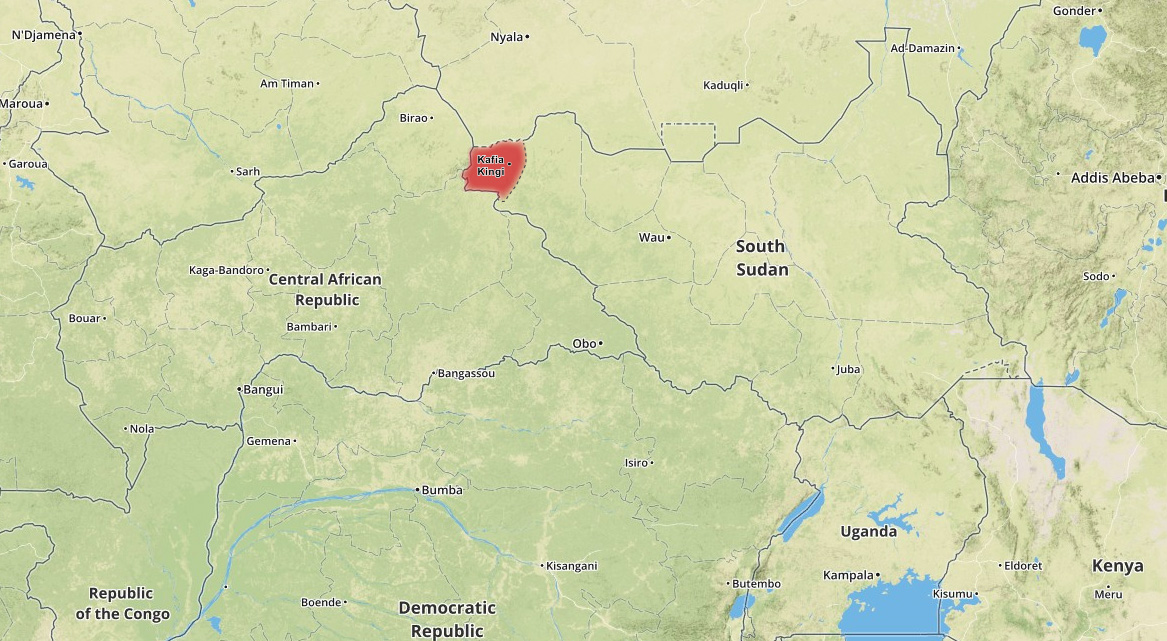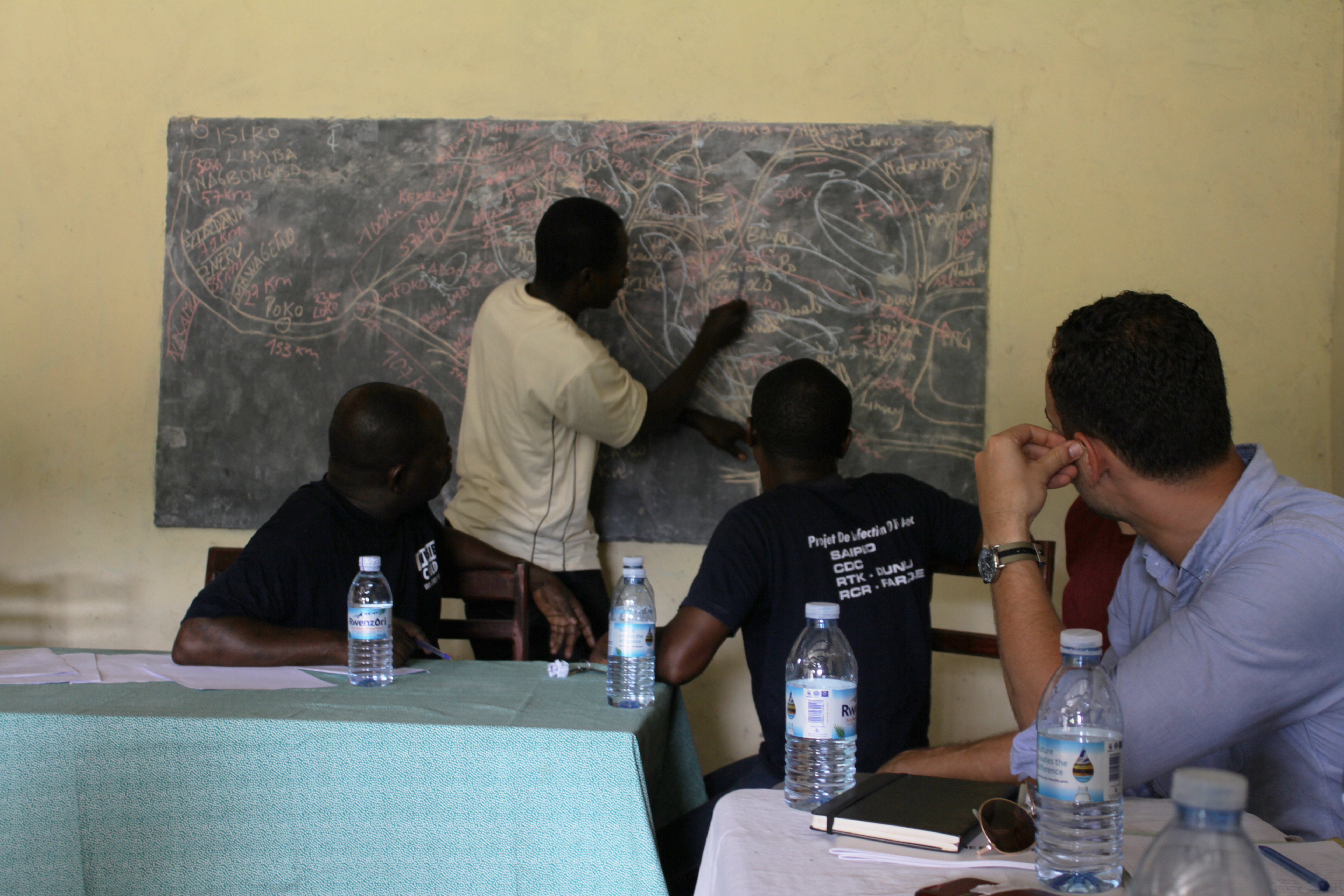On March 5, 2012, we launched the KONY 2012 campaign. Many recognize KONY 2012 as a YouTube video that became an overnight viral sensation. With over 100 million views in just a few days, our 30-minute film about a relatively unknown rebel conflict in central Africa became the most viral video of all time (that is, until Psy came along).
For us, the KONY 2012 campaign was more than a viral video. It was a rallying cry, inspired by the courage and resilience of Central African communities targeted by rebel violence. It was a call to action rooted in the belief that every life is equally valuable and worthy of protection from violence. And it was an invitation to everyone across the globe — from the halls of high schools to the halls of legislative offices — to demonstrate that belief by demanding justice and safety for thousands of families living in one of the most neglected corners of our globe.

You accomplished more than we could have imagined. In just a few short weeks, an influx of support from all over the world enabled us to complete the rehabilitation of war-torn schools in northern Uganda. It also enabled us to dramatically expand our community-based protection programs in Democratic Republic of Congo (DRC) and Central African Republic (CAR), which are now keeping thousands of families safer from violence and helping abducted child soldiers safely return home. Here’s a glimpse at what your support has enabled us to do since 2012:
+ We expanded our Early Warning and Early Response program to dozens of highly remote and isolated communities in DRC, CAR, and South Sudan making hundreds of thousands of people safer from violent attacks by the LRA and other forms of violent conflict;
+ We have broadcast hundreds of hours of ‘Come Home’ radio messages and dropped more than one million ‘Come Home’ defection fliers, which encourage LRA fighters to lay down their weapons and return home;
+ We have helped establish and equip more than 165 Local Peace Committees throughout eastern CAR northeastern DRC, and South Sudan that lead their communities in local efforts to strengthen peace and reduce the risk of violent conflict;
+ We have provided care for more than 200 children, women, and men with after their escape from the LRA and helped them reunite with their families. In 2021 alone, we reunited 92 escapees with their families, and we continue to be the primary organization in central Africa providing safe shelter, psychosocial care, and family reunification support to LRA escapees.
DONATE TODAY AND HELP US CONTINUE TO EXPAND PROGRAMS LIKE THESE.

President Obama signs Rewards for Justice legislation.
The KONY 2012 campaign also rallied millions of activists around the globe to call on their political leaders to help end Kony’s violence, bring him to justice, and support the lasting recovery of children and families targeted by his crimes. You raised your voices and world leaders responded. Here are just a few things your activism accomplished:
+ In the five years following KONY 2012, the U.S. government stayed committed to supporting the African Union’s mission to end LRA violence through a comprehensive approach. This approach included innovative “Come Home” defection programs that have encouraged dozens of LRA fighters to peacefully surrender; (Check out this Wall Street Journal article about these initiatives)
+ In 2013, Congress passed a bipartisan Congressional resolution condemning LRA atrocities and calling for increased U.S. efforts to protect communities from LRA violence. Just a few months later, Congress also passed the Rewards for Justice Expansion legislation, which enables the State Department to offer up to $5 million for information leading to Joseph Kony’s arrest;
+ Since 2013, Congress has appropriated $40 million in U.S. government funding for life-saving humanitarian assistance to LRA-affected communities.
Of course, the importance of all of these successes really comes down to the impact they are having on the ground in the lives of central African children and families. Since 2012, we’ve seen a 92% reduction in killings by the LRA killings. Hundreds of women and children captives have safely escaped or been released from LRA captivity, and dozens of fighters have peacefully surrendered, including a several senior LRA leaders and some of Kony’s former bodyguards. Furthermore, thanks to programs like our Early Warning and Response program and international efforts to dismantle the LRA, Kony and his fighters are no longer able to commit large-scale massacres and abductions like they could five years ago. That is something to celebrate.

For several years, Joseph Kony and a small group of LRA fighters have enjoyed safe-haven in a disputed border region called Kafia Kingi. Controlled by Sudan, the region is very difficult to access, both logistically and politically.
We’re closer than ever to seeing Joseph Kony brought to justice. For several years, we’ve known that Kony, who is a master of survival, continues to control the LRA from his safe haven in a Sudan-controlled area called Kafia Kingi. From there, he continues to order his LRA forces to poach elephants and bring him their ivory (as well as gold and diamonds from mines in CAR), and to abduct young boys that can be trained to replenish LRA forces. However, based on extensive interviews we have conducted with recent LRA escapees, we know that Kony’s grip on the LRA is weakening and his arrest would trigger an end to the LRA. Fear of Joseph Kony and fear of having nowhere else to go are what keep most LRA fighters from laying down their weapons and coming home. That’s why we are committed to advocating for Kony’s arrest, while also continuing to create and broadcast “Come Home” messages that help give LRA captives the courage and guidance they need to safely escape and return to their families.
It’s no secret that the campaign came with challenges. Almost as quickly as the KONY 2012 video spread across the internet, our Invisible Children team was hit with a tidal wave of unexpected and unprecedented attention. That attention ranged from ecstatic praise to bewilderment to some hard-hitting critiques. Some of those critiques were thoughtful and constructive, and others were misinformed and careless. Throughout the entire wild process, it was important to us that we commit ourselves to a balanced response; one that would enable us to stay true to our mission with vision and confidence, and well as the openness and humility to learn and grow.
Looking back, we believe it’s fair to say that KONY 2012 had a profound positive impact, not just on our organization and LRA-affected communities, but on the broader global community. The conversations that emerged in the wake of the campaign, within our own walls and around the world, helped pave the way for the important conversations we are having today about how to thoughtfully, effectively, and humbly engage in the work of justice and human rights, especially for those of us seeking to be helpful allies to those experiences injustice first-hand.
Our world has changed a lot since 2012, and so have we. Like every healthy living thing, we have evolved, and we’re still evolving. We are just as committed as ever to making sure that central African families are safe from violence, but now that the world knows Joseph Kony’s name and has been inspired to take action to stop LRA atrocities, the way that our commitment takes shape in our work has changed. For us, moving forward means that we are constantly engaging with local and international experts, innovating, and adapting solutions that effectively address the challenges facing vulnerable communities.

What does that look like, practically? Well, the Invisible Children of today doesn’t focus on making videos or launching massive awareness campaigns. It even means we’re not limiting our work exclusively to LRA-affected communities. Today, we are intently focused on supporting and expanding nimble, community-based solutions that are making children and families safer from violence in some of our world’s most remote and isolated regions. These programs help protect communities from violent attacks by armed groups, recover from conflict, trauma, and exploitation, and build a thriving future that breaks cycles of violence.
SUPPORT INNOVATIVE SOLUTIONS THAT ARE MAKING FAMILIES SAFER
Of course, some things haven’t changed. Even as we’ve evolved, we continue to be guided by the same core beliefs that started it all: that our liberty is bound together, and that every life is valuable and deserves to be protected from violence. And we continue to be driven by our commitment to dedicated local leaders who have become close partners and dear friends.
That commitment has always pushed us to think creatively (and get gritty when we have to!) no matter how challenging the circumstances. Case in point: Since 2014, as international donors have shifted their resources to other crises around the world, the number of international NGOs in LRA-affected areas of DRC dropped drastically. We stayed. And we continue to work hard to keep our commitments to the safety of LRA-affected communities.
As we move forward, we remain inspired by the courage and resilience of the central Africa community leaders who guide our work. We learn from them daily, and we continue to see each challenge as an invitation to think creatively and get our hands dirty. As always, we will stop at nothing until the most vulnerable among us have the protection from violence that they deserve and the opportunity to thrive; because our liberty is bound together.
Think people should hear about this?